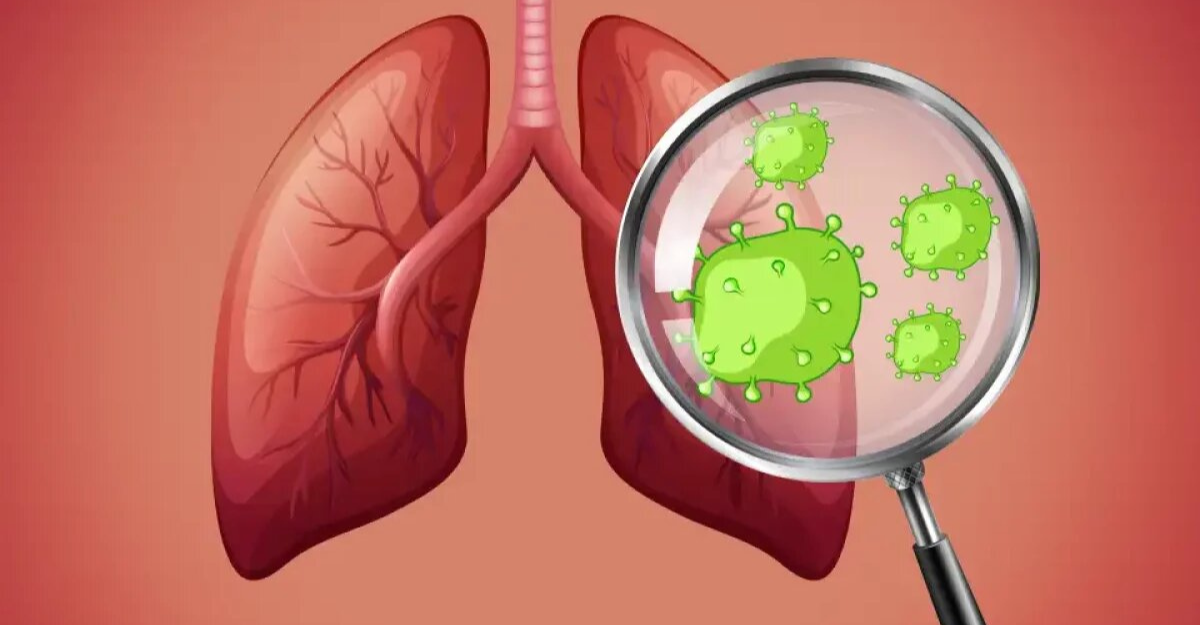Lung cancer continues to pose a significant challenge in the field of oncology, impacting the lives of millions across the globe. Among the array of treatment options available, surgery emerges as a vital intervention for numerous patients. This article explores the frequently asked questions surrounding lung cancer surgery, providing insights into the intricacies of the procedure, its outcomes, and the broader context of patient care.
Understanding Lung Cancer
Before diving into the intricacies of surgery, it is crucial to establish a solid foundation of understanding regarding lung cancer. Lung cancer is characterized by the uncontrolled growth of cells in the lungs, often associated with exposure to carcinogens such as tobacco smoke. There are two primary types: non-small cell lung cancer (NSCLC) and small cell lung cancer (SCLC). The choice of treatment, including surgery, depends on the type and stage of the cancer.
Common questions about lung cancer surgery
Who is a Candidate for Lung Cancer Surgery?
Surgery for lung cancer is usually recommended for patients in the early stages of the disease, where the tumor is limited to the lungs and has not spread extensively. The selection of candidates involves a thorough evaluation of factors such as overall health, lung function, and the absence of significant underlying medical conditions. It is important to note that age alone does not exclude the possibility of surgery, as many older adults have successfully undergone lung cancer surgery.
What are the Different Types of Lung Cancer Surgery?
There are several surgical procedures for lung cancer, each tailored to the specific characteristics of the disease. The primary types include:
a. Lobectomy: Removal of the entire lobe containing the tumor.
b. Pneumonectomy: Removal of an entire lung.
c. Segmentectomy/Wedge Resection: Removal of a portion of the lung, suitable for smaller tumors. The choice of surgery depends on factors such as the tumor's size, location, and the patient's overall health.
How is Lung Cancer Surgery Performed?
Lung cancer surgery is typically performed using one of two approaches:
a. Open Surgery: A traditional approach involving a large incision to access the chest cavity.
b. Minimally Invasive Surgery: This includes video-assisted thoracoscopic surgery (VATS) or robotic-assisted surgery, which involves smaller incisions and specialized instruments.
The choice between open and minimally invasive surgery depends on factors like the patient's health and the complexity of the procedure.
What are the Risks and Benefits of Lung Cancer Surgery?
Potential risks include infection, bleeding, and adverse reactions to anesthesia. However, the potential benefits often outweigh these risks, especially when you choose a skilled surgeon and undergo the procedure. Benefits may include the removal of cancerous tissue, enhanced quality of life, and the potential for a cure in early-stage cases.
Post-Surgery Recovery and Rehabilitation
What is the Recovery Process Like After Lung Cancer Surgery?
The recovery process following lung cancer surgery is influenced by various factors, including the specific surgical procedure and individual patient characteristics. Typically, patients may need to stay in the hospital for several days before gradually resuming their normal activities. To enhance lung function, physical therapy and breathing exercises are often integrated into the comprehensive recovery plan.
Are There Long-Term Effects of Lung Cancer Surgery?
Surgery for lung cancer can have long-term effects on lung function, including reduced capacity and potential impacts on overall respiratory health. However, many patients experience a significant improvement in their quality of life after surgery, especially when the cancer is detected early.
To ensure the patient's well-being in the years following the surgery, it is crucial to provide ongoing monitoring and follow-up care.
Addressing Concerns and Misconceptions
Can Lung Cancer Surgery Cause the Spread of Cancer Cells?
Surgical procedures are meticulously planned to minimize this risk. Surgeons exercise great caution to prevent the release of cancer cells into the bloodstream during surgery. Surgery plays a vital role in a comprehensive treatment plan, particularly for early-stage lung cancer, offering the potential for a cure or long-term disease control.
Is Lung Cancer Surgery the Only Treatment Option?
While surgery plays a crucial role in treating localized lung cancer, it may not be the sole treatment required. Other modalities, such as chemotherapy, radiation therapy, or targeted therapy, may be recommended depending on the type and stage of the cancer. Multidisciplinary collaboration among oncologists ensures that patients receive a comprehensive and tailored treatment plan.
What Happens if Lung Cancer is Inoperable?
In certain scenarios, there are instances where lung cancer cannot be operated on due to factors such as tumor size or location, or the patient's overall health. In such cases, alternative treatments like radiation therapy, chemotherapy, or targeted therapy may be suggested to effectively manage the disease and alleviate symptoms. Additionally, palliative care plays a vital role in comprehensive cancer treatment.
Looking Ahead: Advances in Lung Cancer Surgery:
What Advances Have Been Made in Lung Cancer Surgery?
The realm of lung cancer surgery is continuously advancing through ongoing research and technological breakthroughs. Minimally invasive approaches, including robotic-assisted surgery, are increasingly prevalent. Moreover, targeted therapies and personalized medicine are revolutionizing the landscape of lung cancer treatment, affording patients more effective options.
What is robot-assisted surgery?
Robot-assisted surgery, also known as robotic surgery, is a sophisticated and minimally invasive technique that employs robotic arms and tools controlled by surgeons to perform intricate procedures with unparalleled precision.
This cutting-edge technology offers numerous advantages over traditional open surgeries, including smaller incisions, reduced scarring, and faster recovery times. While not applicable to all lung cancer surgeries, it is increasingly being utilized for procedures such as lobectomies and segmentectomies, revolutionizing the field of surgical interventions.
Conclusion
In the realm of lung cancer treatment, surgery stands as a powerful tool in the fight against this formidable disease. Understanding the nuances of lung cancer surgery, from candidacy to recovery, is essential for patients and their families. As medical research and technology continue to advance, the future holds promise for even more refined and effective approaches to lung cancer surgery, offering hope to those affected by this challenging diagnosis.

